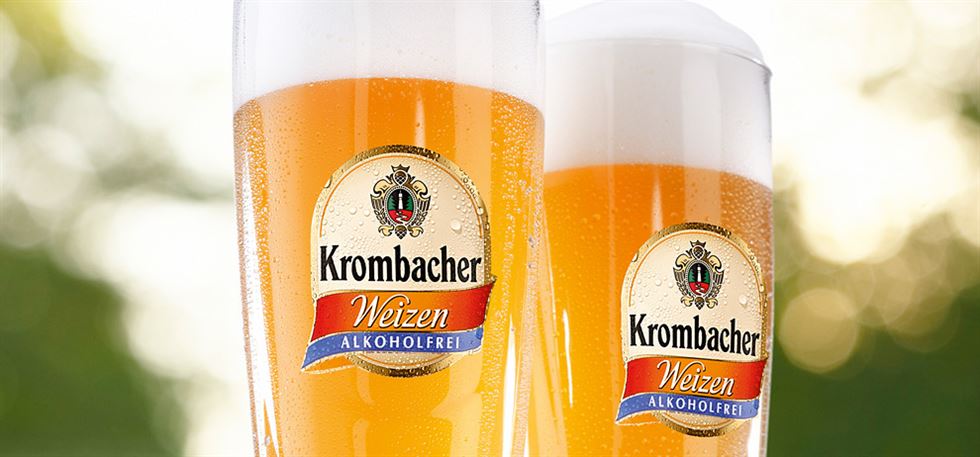
Recovery drinks have become increasingly popular among athletes ranging in sports from running, swimming, football and mixed martial arts. Beverage companies and their marketing teams have packed extreme items into drinks to help athletes recover from their workouts and regiments with things like bull testicles, steroid, nano-bubbles and arsenic. But, a quick view at the Winter Olympics in PyeongChang, South Korea is showing a new trend among athletes for a recovery beverage, non-alcoholic beer.
All throughout the Olympic Village, the athletes of the winter games are drinking Bavarian NA recovery beers. In the past few years, European breweries like Krombacher and Erdinger have brewed non-alcoholic beers that are meant to aid in muscle recovery for athletes. But, is there any scientific proof that the beers aid in recovery and why does the beer have to be non-alcoholic for them to be effective?
The science behind the beers aiding in recovery stems from one of the primary byproducts of the brewing process in phenols. These phenols enter the beer during the brewing process and can come in many different chemical formats. They usually derive from either the water or malts that are used during the brewing process. The phenols are a naturally occurring, organic compound and scientists believe that the phenols have the ability to lower muscle inflammation due to their molecular structure.
A 2011 study by Appalachian State University’s David Nieman and University of Munich’s Johannes Scherr showed that marathon runners that drank 1.5 liters of NA beer a day had a lowered risk of respiratory infection and a lower white blood cell count, indicating that muscle inflammation was lowered. With this study’s findings, more development needed to occur for the non-alcoholic beers to have a positive effect on athletes.
Regular swill drinking beer that the masses intake will generally dehydrate bodies since most sugar in the original product was turned into alcohol, leaving a low amount of sugar in the NA product. Removing alcohol from beer is a complex process that leaves the NA beer still low in sugar. To develop this new recovery beer, electrolytes needed to be added to the product to help the liquid be retained within the body rather than drinking and being excreted almost immediately.
So when you see an athlete in the future hoist a pint of their favorite recovery beer, grab your can of American swill beer and give them a mighty toast.

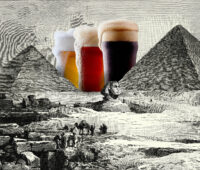




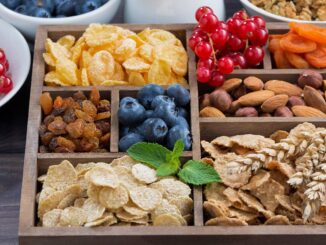


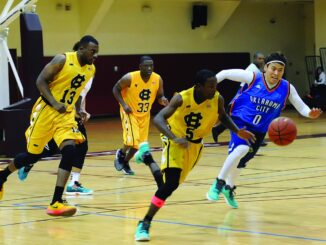
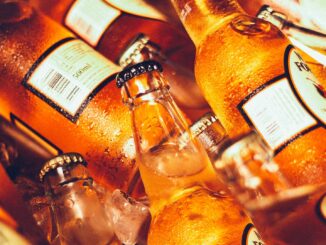

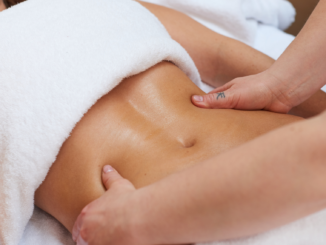

Leave a Reply
Be the First to Comment!
You must be logged in to post a comment.
You must be logged in to post a comment.